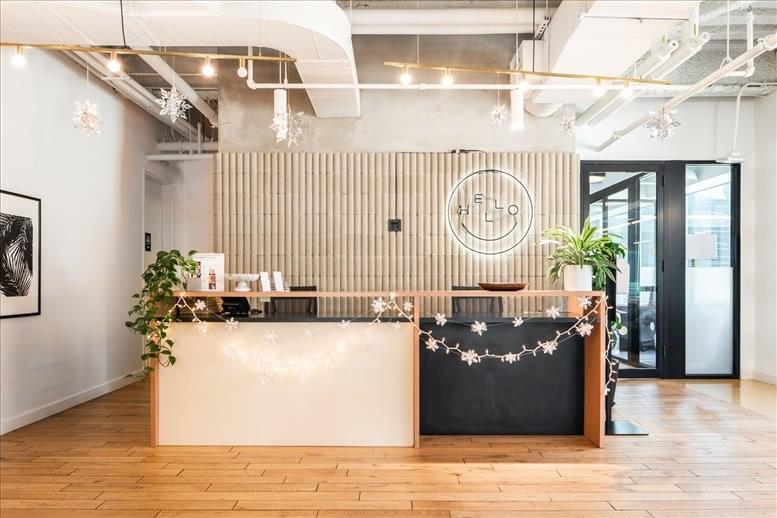How Shrinking Office Spaces In New York City Mean Less Privacy For Employees
 New York City is home to more than 500 million square feet of office space, which make it one of the world’s largest office markets. While that seems a large amount, space shortages are a reality, and not only in terms of the offices available. Rising rental values mean that many New York companies are choosing to downsize or to make changes to their office layout to maximize space and cut costs. Nowadays, it is not uncommon for companies to move to office premises that are up to 25 percent smaller, yet the amount of people sharing that space remains the same.
New York City is home to more than 500 million square feet of office space, which make it one of the world’s largest office markets. While that seems a large amount, space shortages are a reality, and not only in terms of the offices available. Rising rental values mean that many New York companies are choosing to downsize or to make changes to their office layout to maximize space and cut costs. Nowadays, it is not uncommon for companies to move to office premises that are up to 25 percent smaller, yet the amount of people sharing that space remains the same.
Another way in which the amount of office space allocated to each staff member is getting scarcer is because of current trends towards open plan offices and collaborative spaces. The concept of the sharing economy has extended into office design and space allocation, with shared workspaces becoming increasingly more common, which means individual desks are being replaced by large long tables. In fact, New York leads the nation’s provision of shared office space, and even in traditional offices there have been changes in the desk space – meeting or collaborative space ratio, with the balance switching towards the latter.
Shared Workspaces in New York
We are now witnessing a move away from private offices or office cubicles, which came with their own downsides, as they were notorious for being damaging to staff morale and well-being. But paradoxically, open offices where individual or private space is not defined by physical barriers may have similar negative effects. According to 2017 data published by a real estate agency, the average office in North America allocates 151 square feet per employee, a figure that is substantially lower than in 2010 when it was well above 220 square feet per employee. In New York City the figure is even lower than the national average, at approximately 120 square feet / worker. In many cases, the switch to open-plan offices has resulted in space constraints that affect employees in a number of ways, one of the most notorious being the lack of privacy.
Shrinking office space means it is difficult to have enough privacy so that personal phone conversations aren’t heard by other colleagues. Beyond privacy issues, this can also negatively impact work performance. On the other hand, open style offices where space vaguely allocated could and sometimes do translate into the inability to disconnect from work environment. A recent Oxford Economics survey listed the ability to concentrate and work without interruption as one of the top factors contributing to employee satisfaction and productivity, and it’s clear that dwindling office space fails to provide that kind of environment.
The Future Of Office Design
There are several examples of large corporations that have experimented with open-plan office design as a response to financial constraints, but were faced lack of privacy concerns and productivity losses when implemented at large scale. For example, in response to work performance issues, Microsoft incorporated more private areas, and IBM has redesigned some of its offices, which offer up to 10 different space configurations with varying levels of privacy.
Recently, a new model has emerged affecting how we think and build office space. Within this activity-based model, design and space allocation in workspaces are created on a task basis, understanding that different types of space are required for different tasks, and even for times of the working day. Many offices now incorporate the so-called temporary spaces : in these spaces, open office space coexists with private offices and even individual pods, so that workers can choose what space to use depending on the levels of privacy and concentration required by the job at hand.
It seems that temporary / hybrid office space design will have a large impact in office design trends in the near future, but there is still much to experiment when trying to understand how to best use office space to promote well being and productivity in the workplace.